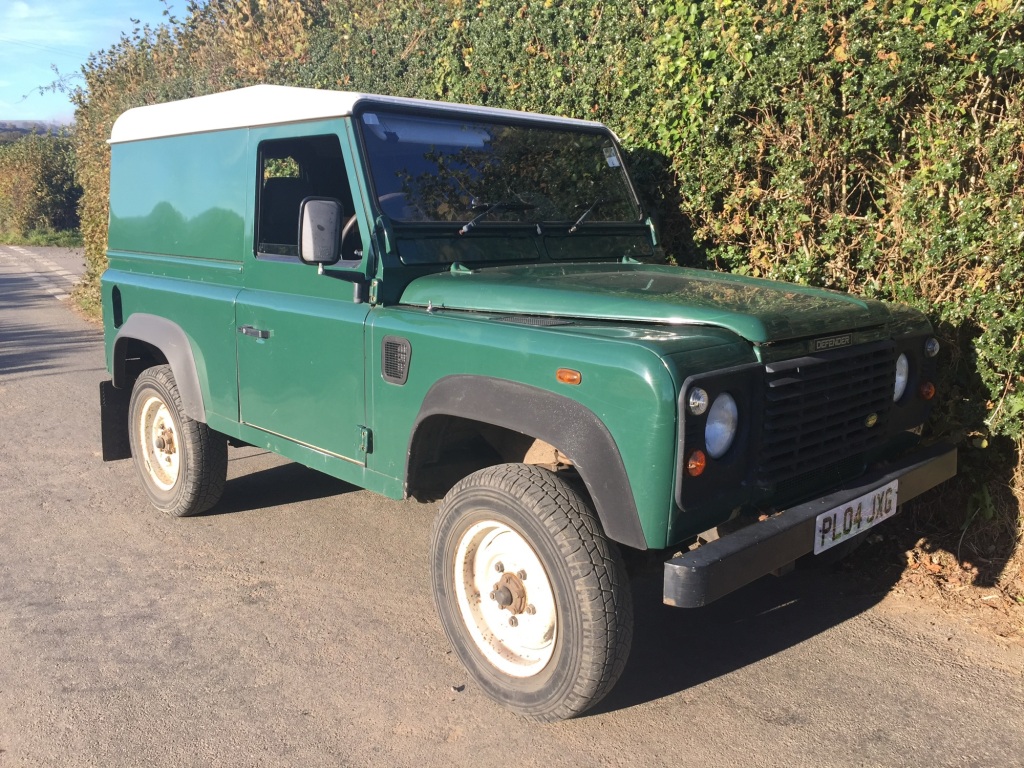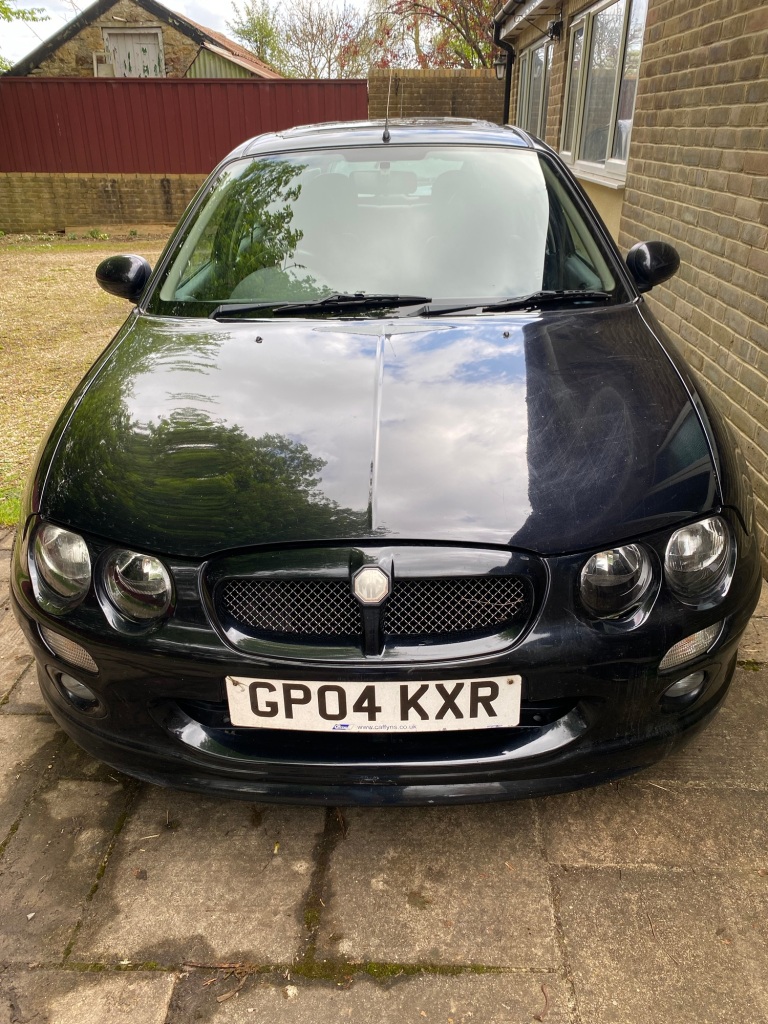E,w,a&f #greenLiving Air 1; carbon
February 20, 2024 Leave a comment
There is a stark reality in the reduction of carbon and the improvement of air quality. We produce most of this through our use of cars.
We also contribute by warming our houses, eating tropical foods, and through our purchases.
Firstly cars.

https://www.instagram.com/sjedouglas/
There are very workable solutions: walking, cycling, buses, boats and rail. The worst decision you can make is to fly, rather than travel overland – including oversea.

I have contributed. My LandRover was stolen and rather than replace it I moved to an MG. Once a smaller car became available I ‘Dipped the Grand‘ dropping to a 999cc Picanto; it is more than sufficient for my needs. It has a 40, 40, 400 ideology. £40 tax, £40 fill and a reward of 400 miles. At most I fill up less than once a month; and my insurance has just gone down again … [under 5000 mikes a year].
Both cars were passed down from parents and so up-cycling practiced.

During Lent I have been substituting journeys, mainly on my bicycle, and no, I haven’t got wet yet. I have wasted some time scraping ice though on the brisk days I chose to drive.
So how do you get 400 miles out of a tank? Mostly by challenging yourself. The least efficient manoeuvre is pulling away. The lights here change quickly, so coast towards them rather than stop dead.
Pull away slowly utilising all of the gears. We have a short stretch nearby where the limit is 40, but drops quickly to 30. Most drivers accelerate to forty, braking hard … a waste of carbon and cause of pollutants.
See the maximum speed as that, a maximum.
Driving at sub-optimal speeds produces less carbon, costs you less money and introduces spaces into the traffic system – improving efficiency. It also improves thinking time making residential areas safer; no brainer. The ideology that the optimal is the maximum is wrong, air resistance increases exponentially with speed. ±
If you drive through a 40 limited zone at thirty your followers are also reducing carbon by 25%, and if it us a row of ten cars, so are they.
Sit on a motorway with the lorries at 50 or 60, a tank of fuel gets me up to the Lakes, from Dorset, §and back.
Mostly though, low carbon car use is about culture. Picking the kids up from school [why?], popping to the shops, the supermarket run, collate these ‘jobs’ and do them once a month with the tip run. Your children will grow up as expectant car owners, mine didn’t; they are walkers [for pleasure] and cyclists, neither have a will to drive.
Next: food.